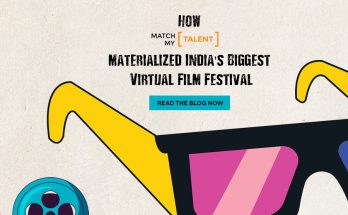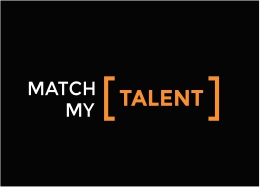Growing up in an Indian household, steeped in culture and traditions, many children find themselves surrounded by influences of the performing arts – folk or classical forms. South Indian girls find themselves in a Bharatanatyam or Carnatic music class at age 6, boys play the percussion accompaniments to these, children in Bengal are introduced, formally or informally, to Rabindra Sangeet in their immediate surroundings, up north in Punjab – kids seem to have the beats of the Bhangra inbuilt in their genes, children from Uttar Pradesh are exposed to musicals from an early age in the form of the Ram Leela etc. Options to absorb the art forms, follow or train in them are offered to a large mass of children in India – natural talent not necessarily being criteria for selection or pursuing the art form. But it is the talented; or as one commonly terms them ‘the gifted’ ones, that generally pursue the art form at a later stage – an even smaller percentage of these choose to make a career out of it.
Learning the Performing Arts
Traditionally, the performing arts involve years of painstaking training or apprenticeship under gurus (teachers) who are celebrated artists in their own right. The guru-shishya parampara for education, both academic and for the arts is something unique to Indian cultural heritage. Be it the folk or classical forms of performing arts, education, training and traditions have been passed down from one generation of the family to another. In today’s day and age, while many gurus still follow a similar apprentice-trainee model, an evolved form of this is the modern centres that were established by noted artists – like the Kerala Kalamandalam or Rukminidevi Arundale’s Kalakshetra in Chennai – that offer degrees in performing arts and are now recognised institutes of national importance.
The Indian Ministry of Culture, under who’s purview mainly lies the spectrum of the cultural performing arts of India, has in its folds the Sangeet Natak Akademi, the Lalit Kala Akademi, the Sahitya Akademi, The National School of Drama, Zonal Cultural Centres among others, all of which are tuned towards education and propagation of the Indian cultural arts – performing arts included. A lot of these institutes also offer a platform to launch the trained students professionally in the form of their in house x companies. The Film and Television Institute of India (FTII) ,an autonomous body under the Ministry of Information and Broadcasting of the Government of India, is today commonly regarded as a centre of excellence across the world. The alumni of the FTII have left a deep-seated print across all spheres of Indian Cinema and television and have built an excellent reputation in its allied industries. Noted personalities with acclaim and footing in their fields also share their knowledge and experience to new talent through the schools they have established like the ‘Whistling Woods International’ chaired by noted film maker Mr. Subhash Ghai, Anupam Kher’s ‘Actor Prepares’, A. R. Rahman foundation’s ‘K. M. College of Music and Technology’ etc. Apart from these, there are numerous other individuals and institutes where a budding talent may learn the basics of a performing art form.
In an attempt to revive folk and traditional performing arts of India, training in these has also now been included in curriculums at school level across aided as well as unaided schools. In such a system, the child may learn a range of art forms from various gurus. Also, instead of putting in years of focussed training, children may also be introduced to basics of a performing art for a particular event or function – wherein the training given is then, need based.
Most formal learning models in the field of performing arts in India are restricted to the traditionally established art forms like dance, music, acting, art etc. This brings us to the forms of art that have identified themselves in the field of performance only lately like stand up comedy , stunt acting, magic, etc. Though these may find a base in the classical performing art forms, their essence is dependent on the persistence of the talent themselves. As offshoots, it is the artist who defines their structure and hence, education in such areas can only be supplementary to the main. There is also a shift in the definition of training/education in the arts or for that matter in any arena. Changes in the quality of exposure to media and information have also changed the definition of education. What used to be restricted to a physical learning space is now open to the World Wide Web, what used to be the speciality of the experts and gurus can now also be peer groups, what used to require years of dedicated single source learning can now be achieved through series of short term elective courses or workshops under varied sources. The responsibility now lays on the artist to nurture and polish his/her talent in a way that one can take it to another level and create that unique niche in a professional platform.
Stagnation is equivalent to the end, for any artist. So be it choosing to follow the conventional methods of learning or being self taught – innovation and improvement are key to any talented performing artist today. Learning is what takes one from being ordinary to being the best. It is what enables one to navigate through the maze of hurdles and opportunities that one will come across in the path to success – the learning should never stop!








